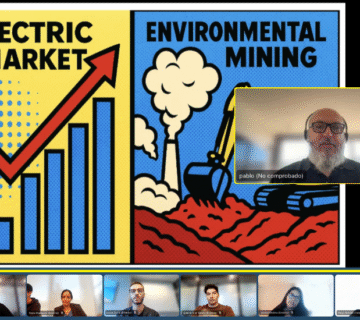Renewable energy has made significant progress in Chile’s energy matrix, and green hydrogen (H2V) is emerging as the next major step in the country’s decarbonization and sustainable development. Despite regulatory and technical challenges, Chile boasts numerous initiatives for green hydrogen production, which could revitalize local economies impacted by coal plant closures and declining extraction activities.
H2News spoke with Juan Guillermo Walker, Founder and CEO of FreePower Group, about international markets, particularly in Europe and Asia, that present promising opportunities for Chile’s green hydrogen. With the right infrastructure and regulatory support, this new energy vector could benefit various sectors, from construction to mining, generating jobs and economic dynamism.
Renewable energies have solidified Chile’s energy matrix, but not without challenges. What is your perception of the progress of renewables and the issues they face today?
Chile is a global leader in renewable energy integration. On several occasions, renewable sources have provided more than 65% of daily energy demand. Today, Chile’s penetration of renewables is among the highest in the world, with almost 40% of installed capacity and an average annual generation of 27%. However, the sector still faces significant challenges to continue growing, which are similar to those faced by other countries.
Globally, common challenges include production variability, especially during the night, when both wind and solar energy generation drop significantly. There’s also a lack of firm capacity, which makes it hard to control when to produce; low power density for space use; and the «Duck Curve,» leading to high generation costs at night and oversupply or zero generation during the day.
In Chile, renewable energy faces additional difficulties, such as significant delays in transmission projects due to over-demanding environmental evaluations. Additionally, environmental standards have been modified through guidelines and circulars, some of which have not been subject to public consultation, which is surprising for a project owner.
There’s also a delay in regulating the electricity market to promote greater renewable energy use—smart grids, demand education, smart meters, net billing, and other initiatives that encourage better energy usage are still pending. Revisiting the marginal cost model, overcoming the N-1 transmission criterion, and other regulatory issues are crucial.






